Nunnamujip (눈나무집)
5.2Km 2020-06-16
136-1, Samcheong-ro, Jongno-gu, Seoul
+82-2-739-6742
Nunnamujip is famous for a North Korean dish called, “Kimchi mari guksu”, which is a noodle dish in cold kimchi soup containing toasted laver, a boiled egg, and sesame. The soup is refreshingly cold and a little spicy. For “Kimchi mari bap”, a bowl of rice is put into cold kimchi soup instead of noodles. The taste is very unique. In addition to Kimchimari, “Tteokgalbi” is a popular dish on the menu as well.
The main restaurant is located in the basement, which has only limited seating capacity with a few tables. As a result, many people usually wait in line for lunch or dinner. A second franchise has opened in a three-story building across the street. To enjoy a quaint atmosphere, the first establishment is better, but the new one’s interior design is much more modern and fancier, giving it a fresh altering look.
Geumsugangsan (금수강산)
5.2Km 2021-03-25
147, Yeongdeungpo-ro, Yeongdeungpo-gu, Seoul
+82-2-2671-3881
It is a place where you can grill various parts of pork. The best menu at this restaurant is grilled pork belly. This Korean dishes restaurant is located in Yeongdeungpo-gu, Seoul.
Jalppajin Memil - Ikseon Branch (잘빠진메밀 익선)
5.2Km 2021-03-19
73, Yulgok-ro8-gil, Jongro-gu, Seoul
+82-70-4531-1214
This is a Korean cuisine located in Jongno, Seoul. Try various kinds of makgeolli. The best menu at this restaurant is dumpling hot pot.
Hangeureut (한그릇)
5.3Km 2021-03-18
136, Samcheong-ro, Jongno-gu, Seoul
+82-2-720-5613
A store that also serves delicious meat noodles. The best menu at this restaurant is rice soup. This is a Korean cuisine located in Jongno, Seoul.
Chamsut Hwangto Hwaro Madang - Singil Branch(참숯황토화로마당 신길)
5.3Km 2021-04-19
8, Dosin-ro, 68-gil, Yeongdeungpo-gu, Seoul
+82-2-833-1388
It is a charcoal-grilled meat specialty store that has been around since 1995. This restaurant's signature menu is grilled boneless beef ribs. This Korean dishes restaurant is located in Yeongdeungpo-gu, Seoul.
Salon Sulla (살롱순라)
5.3Km 2021-03-30
75, Yulgok-ro 10-gil, Jongno-gu, Seoul
+82-2-6409-0027
It is a restaurant, decorated in a hanok style, that sells Western dishes. This Western dishes restaurant is located in Jongno-gu, Seoul. The most famous menu is pollack roe pasta.
Juyeong Sikdang (주영식당)
5.3Km 2021-03-25
7, Singil-ro, 60ma-gil, Yeongdeungpo-gu, Seoul
+82-2-833-7357
This is a place that sells spicy soup dishes. The best menu at this restaurant is kimchi stew. This Korean dishes restaurant is located in Yeongdeungpo-gu, Seoul.
Imone Gopchang - Chungmuro Branch (왕십리이모네곱창 충무로국민은행골목)
5.3Km 2021-04-08
38-1, Chungmu-ro, 2-gil, Jung-gu, Seoul
+82-2-2282-0878
This Korean cuisine is located near Chungmuro Station, Seoul. The representative menu is grilled beef small intestine. A restaurant specializing in Korean-style grilled intestines.
Museo del Búho (부엉이박물관)
5.3Km 2022-09-19
Bukchon-ro 143, Jongno-gu, Seúl
El búho es considerado como un animal símbolo de la sabiduría. En los cuentos infantiles, muchas veces se ven a búhos con gafas y libros en sus alas. El museo está diseñado al estilo clásico, como una cafetería, y expone obras artísticas, artesanías, etc., alrededor de 2.000 piezas relacionadas con los búhos. Dichos artículos fueron coleccionados durante 30 años, recorriendo varios lugares del mundo, por Bae Myeong-hui (madre de los búhos), quien es la directora del museo.
Es un espacio peculiar, que fue reconstruido sobre una antigua casa, y los visitantes son recibidos calurosamente por la madre de los búhos, que también les sirve café o té. Al estar ubicado cerca del centro de la ciudad, es ideal para aquellos que deseen disfrutar un momento especial, observando las artesanías y obras artísticas. Además, otra fuente de diversión es escuchar historias sobre los búhos y los episodios relacionados con la colección.
Hongmu Yangkkochi (홍무양꼬치)
5.3Km 2021-03-25
1, Singil-ro, 60ga-gil, Yeongdeungpo-gu, Seoul
+82-2-6449-0326
As a place where you can eat at low prices, this restaurant is loved by local residents. This Korean dishes restaurant is located in Yeongdeungpo-gu, Seoul. The most famous menu is lamb skewers.
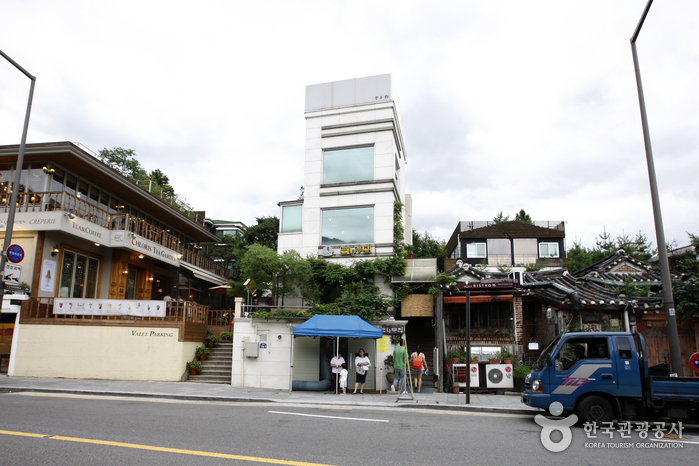
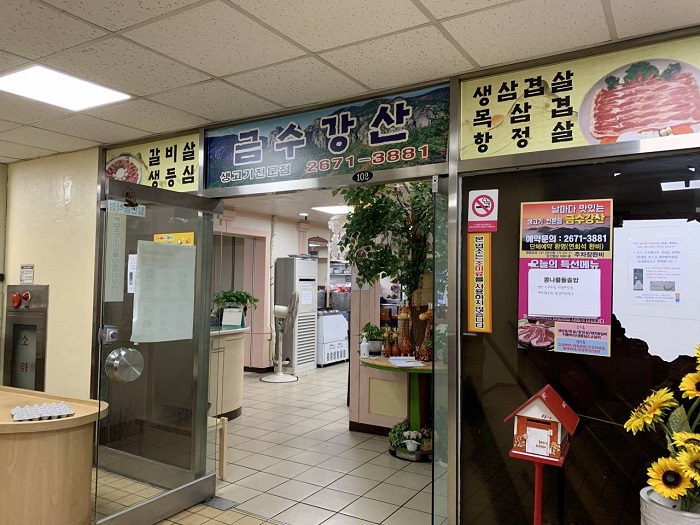
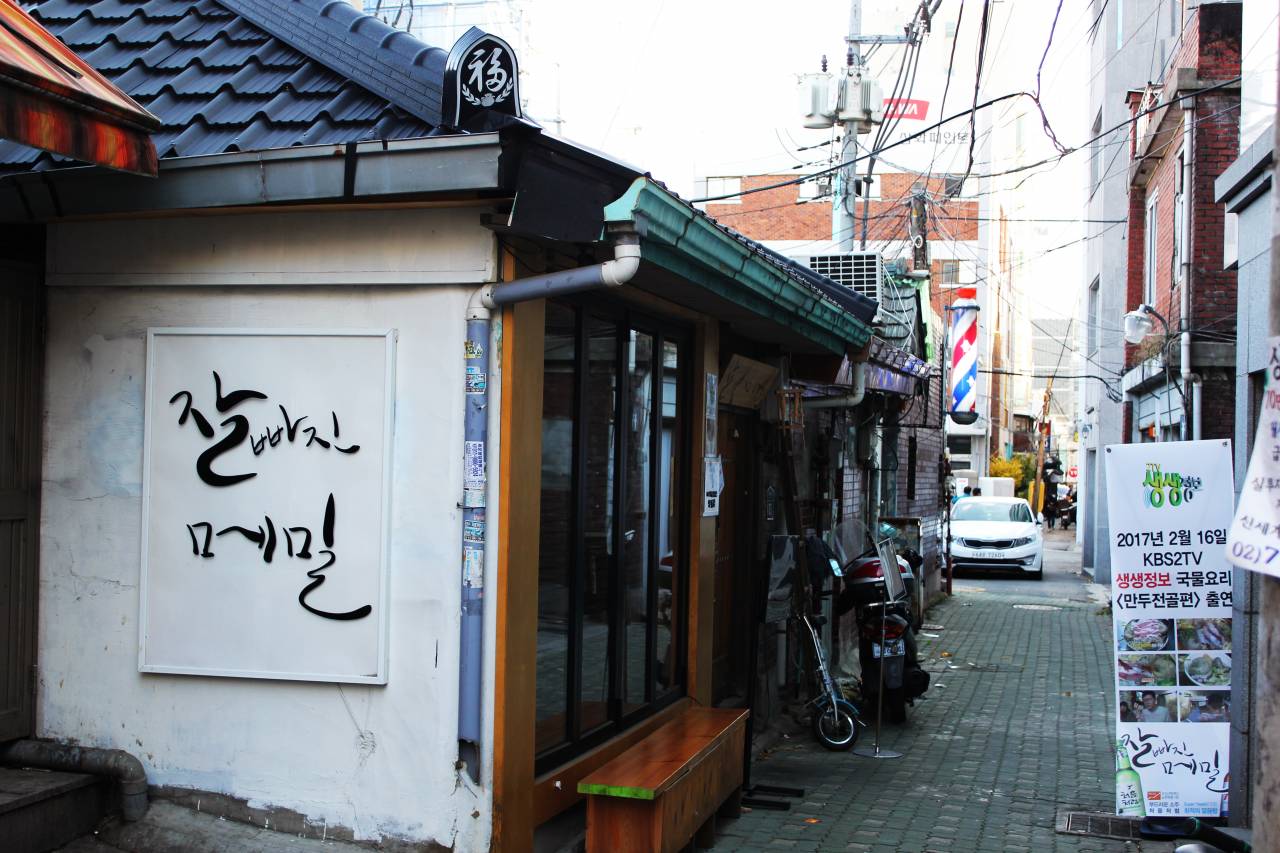
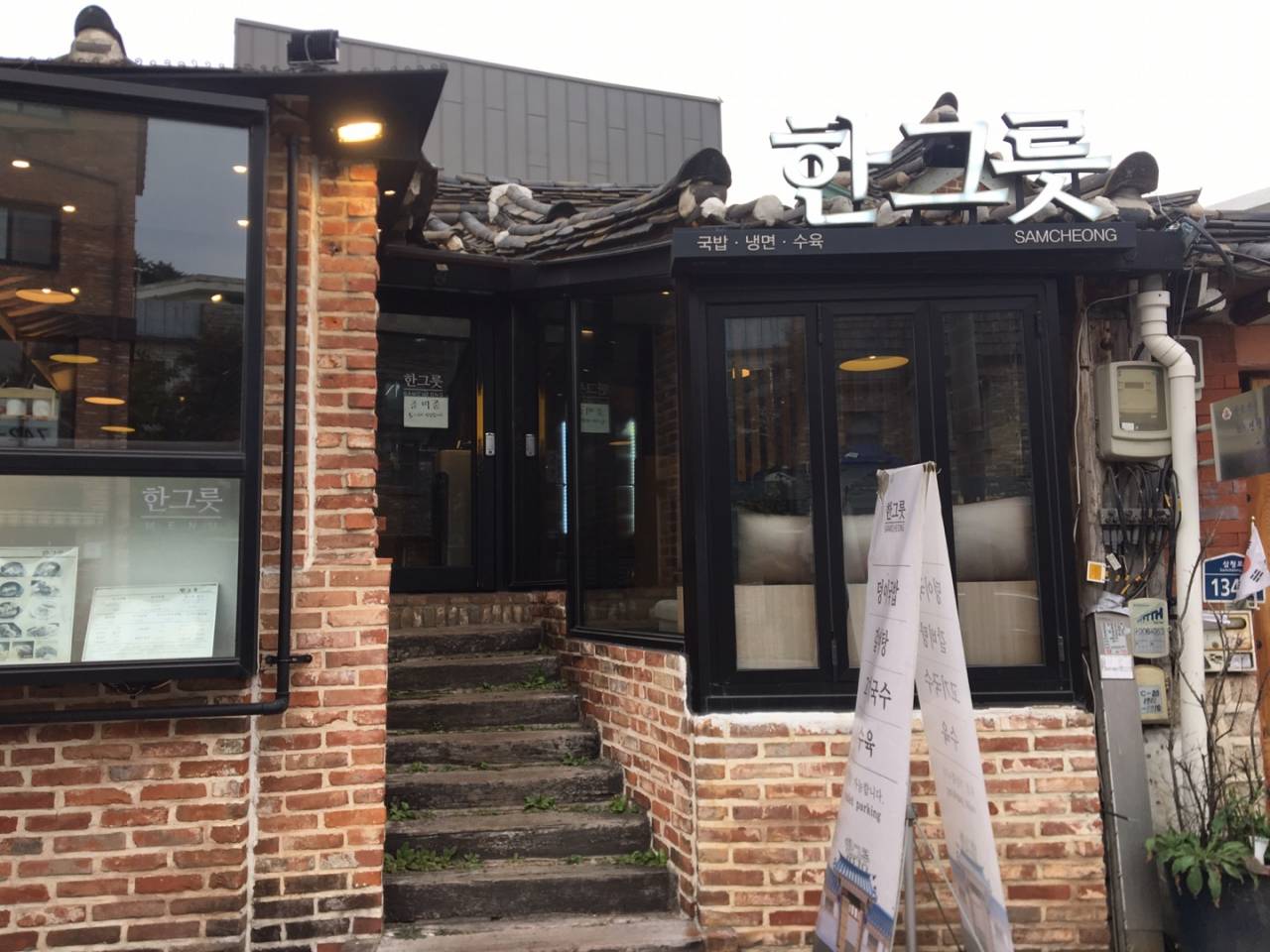
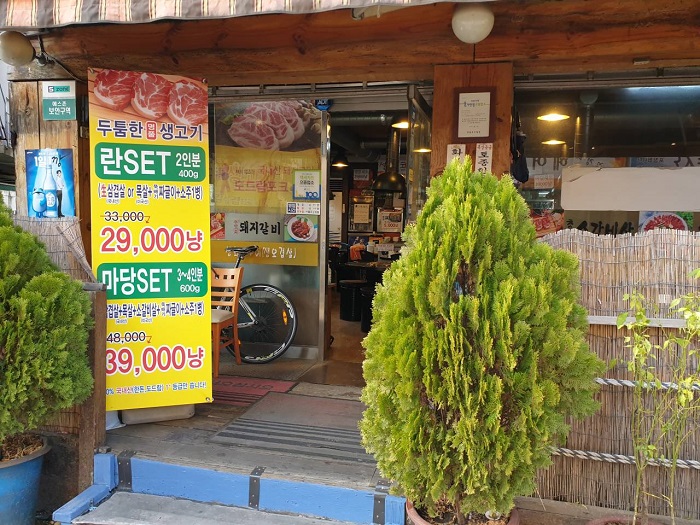
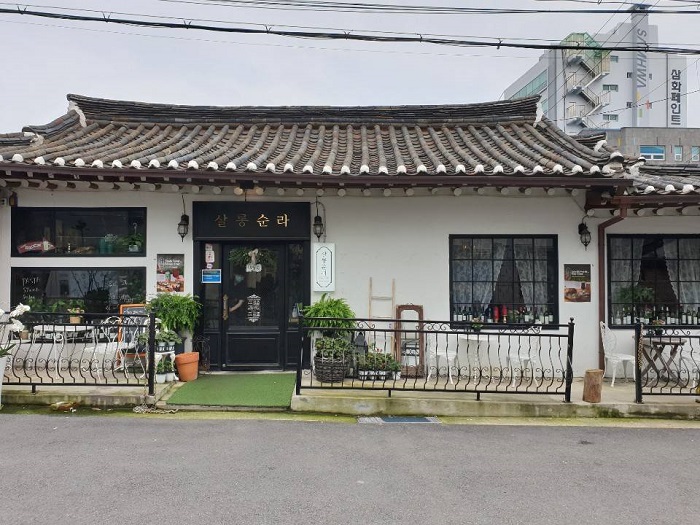
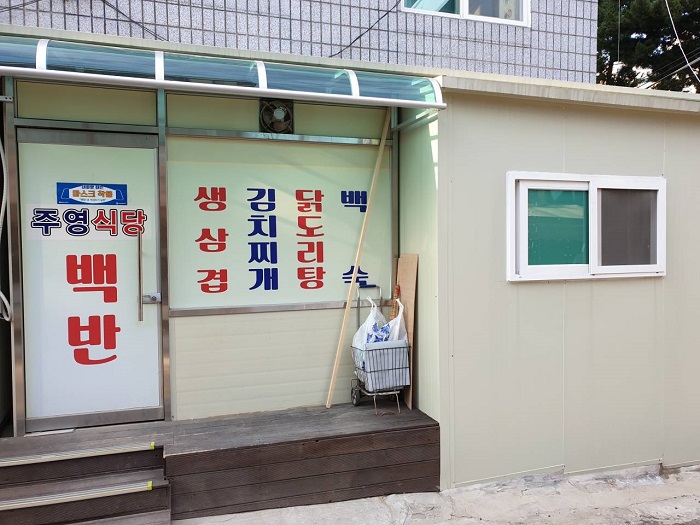
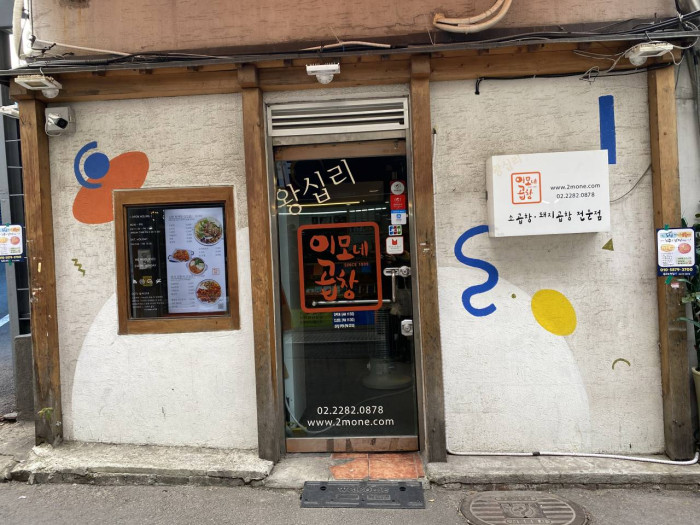
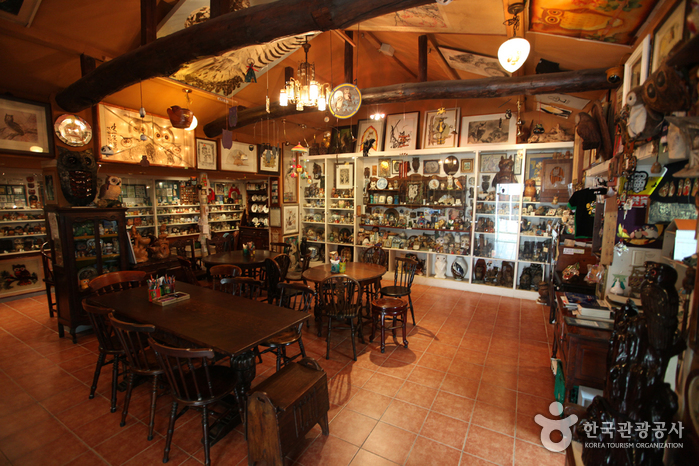
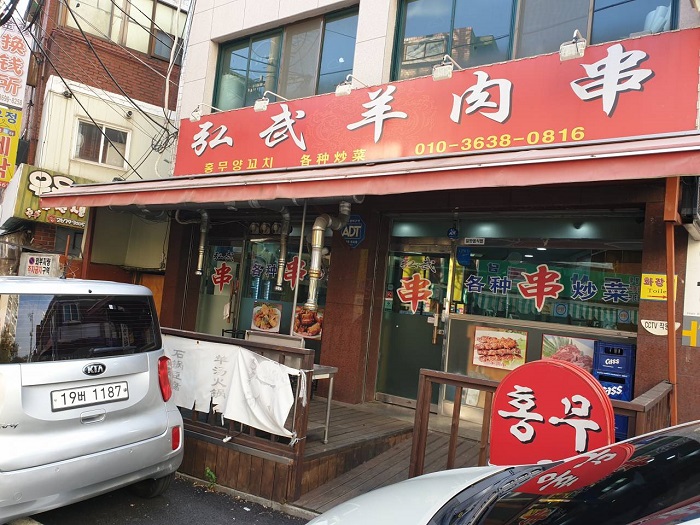
 Español
Español
 한국어
한국어 English
English 日本語
日本語 中文(简体)
中文(简体) Deutsch
Deutsch Français
Français Русский
Русский